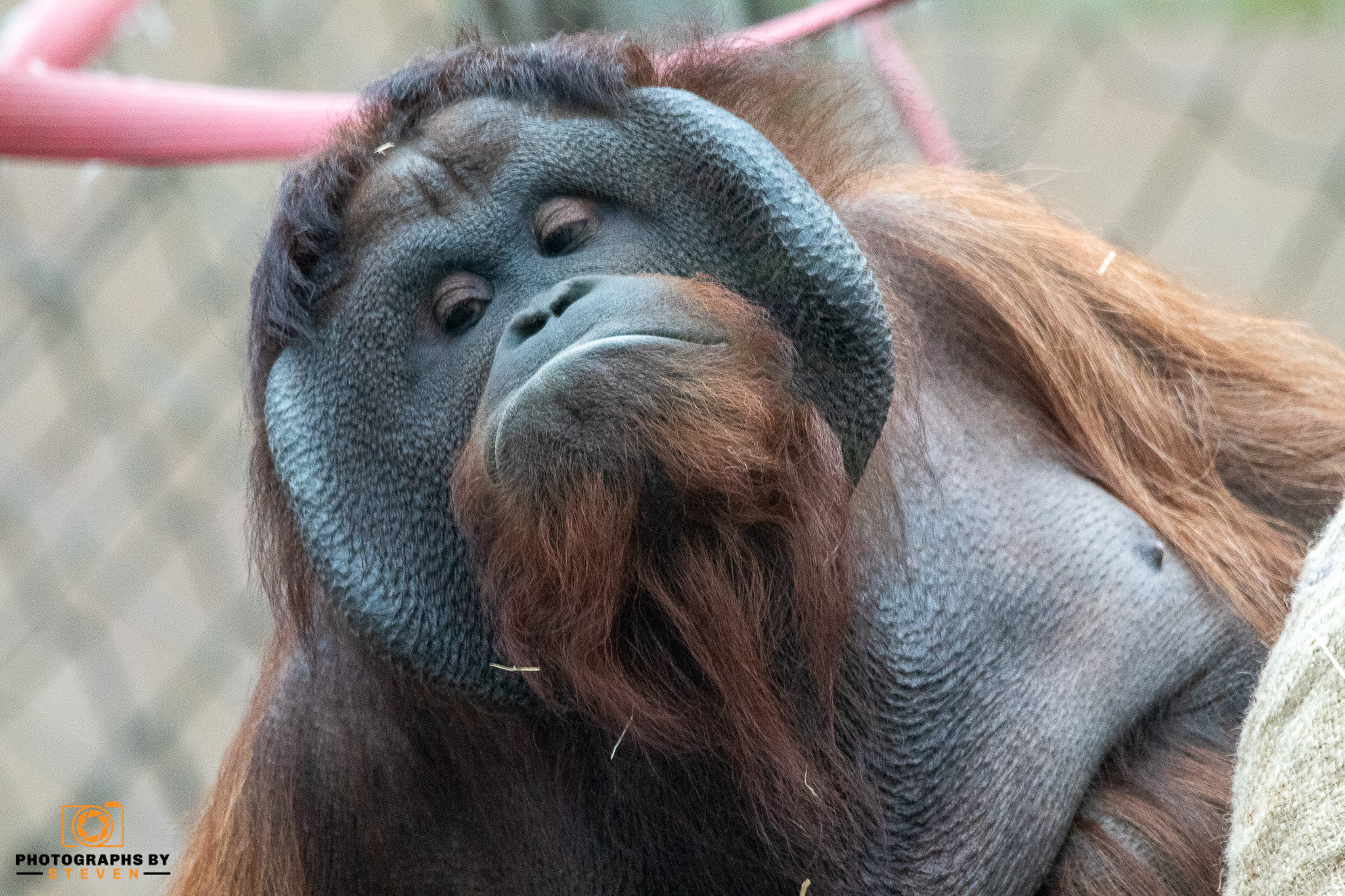What are white tigers?
White tigers are not distinct tiger subspecies. Their coat colours are caused by a genetic mutation known as leucism. This white coat would hinder the wild because it provides no camouflage, reducing a tiger's chances of survival.
The white tiger results from a genetic error when two orange tigers with rare recessive forms of a gene, known as alleles, breed. Only a few white tigers have been seen in the wild, with the last known wild white tiger being killed in 1958. Their scarcity could be due to the recessive allele being a one-time mutation, or it could be due to white tigers lacking good camouflage, limiting their ability to stalk prey or avoid other predators.
Bengal tigers are the ancestors of white tigers. Everyone can identify the Bengal tiger because of its orange colour and dark stripes. However, due to a recessive gene feature, the gene that determines coat colour, white Bengal tigers can naturally occur—although they do so highly infrequently. They often have a white coat colour and blue eyes. As far back as the 15th century, there have been reports of seeing them in the Indian wilderness. One day, according to legend, one of these rare kittens was taken from its natural habitat, and its descendants can still be found in the current global population of captive white tigers.
White Bengal tigers were once seen in the wild, but only on rare occasions. They are now only found in captivity, such as in zoos and safari parks.
White tigers in captivity exist due to inbreeding
White tiger inbreeding kept the mutation alive in the captive population worldwide. However, this deliberate inbreeding practice resulted in several health issues, including premature death, stillbirth, and deformities. According to breeders and exhibitors, white tigers are an endangered species; thus, they must continue to produce offspring. This is wholly untrue. White tiger breeders do not help the species' survival strategy; instead, they do it for financial gain.
In reality, breeding white tigers exacerbates the problem by giving the general public an inaccurate image of these powerful wild predators. It has also resulted in a massive surplus of normal golden-coloured tigers in the private sector worldwide, as most litters include several unwanted golden tigers. Breeders will choose the white cubs from a litter of cubs because they fetch a higher price on the market, euthanising, inhumanely destroying, or neglecting the non-white cubs. Breeders will choose the white cubs from a litter of cubs because they sell for much more money and will euthanise, cruelly destroy, or ignore the cubs who do not match the desired colour.
White tigers have been regularly inbred, and we all know what that means for them to exist in such large numbers in captivity today. In reality, the policy statement on white lions and tigers by the Australasia Zoo Aquarium Association (ZAA) states: "Due to their rarity, they are often selectively bred, which can contribute to health problems." Due to the inbreeding that is often necessary to preserve the white trait, health issues may be more likely. Cleft palates, immune system defects, mental disabilities, spinal disorders, and problems with lung development are a few of them.
The whiteness of their fur is caused by a genetic defect that causes white tigers to lose a pigment called pheomelanin, which gives Bengal tigers their orange colour. White tigers have an unusual and distinct white colour due to a lack of this pigment.
Because of trophy hunting and capture for the exotic wildlife trade, their survival in the wild has become a battle. Another factor is the rarity of the white tiger, whose colour is determined by a defective, recessive gene passed down from their parents. Another white tiger, for example, can only be created if both parents have the recessive gene for white colouration.



Leave me a comment
Thank you for reading my post, if you want to leave a comment, you can do so below.